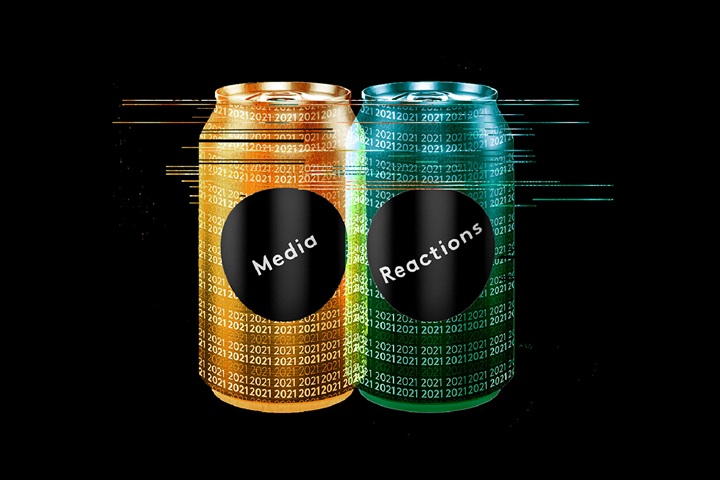In the fast-moving world of retailers, paid touchpoints contribute 27% of brand impact, which is above average compared to other categories observed. Within paid media, TV is the biggest contributing factor, and is a significantly more cost-efficient touchpoint than we have seen in other categories thanks to relatively low frequency levels. Retail brands clearly benefit from digital ads – Facebook, Online Display and Online Video collectively deliver the most brand impact after TV and are also the most cost-effective paid media. Online Display is particularly good at driving Associations, while Facebook is relatively stronger at driving purchase intent.
eBay’s dominance in Australia was threatened in 2017 since a global competitor launched their service in the country. To help maintain their market leadership, quarterly studies since 2018 using Kantar CrossMedia have helped eBay to understand the impact of different media strategies. Amongst other key learnings, it was observed that the right combination of video assets and multi-screen flighting helps eBay maintain a strong core brand, while other platforms like Radio, OOH and Social can help drive frequency of site traffic. Using Kantar’s findings, eBay re-planned media weights, changed their branding approach, optimised their social platforms and have since better integrated the channels for maximum synergy effects.
Beyond paid media, we know that experiential touchpoints like the service delivered by staff and the shopping experience including physical interactions with the products themselves are the most important brand drivers. Point of Sale touchpoints (such as interactive retail counters and displays) account for around 10% of the total touchpoint impact and thereby highlight the importance of real-life experiences.
With fierce competition from aggressive price-cutters, a leading UK retailer was keen to uncover the best strategy to defend their brand equity. Using Kantar’s Connect, a clear positioning for our client to build and unlock high growth potential was revealed. It turned out that food counters and certain products played an important role in strengthening this positioning and conveying the right messages to customers.
With these macro learnings in mind, it stands to reason that retailers today cannot rely on one type of media alone. Consumers tend to look for information online and offline, in different sequences, depending on the category. This means that retailers (whether online or offline) should focus on their presence in both traditional and digital touchpoints. The proportion between offline and online might vary depending on whether you’re a physical or ecommerce retailer, but brands must strike a balance and drive synergistic effects for effective activation.
While a post-COVID future remains nebulous, it is safe to say that retailers are looking to remove the ‘touch’ from ‘touchpoints’. Over the course of 2020, we have seen retailers using self-service solutions powered by AI, facial recognition, and AR technology to make online and in-store experiences more engaging for customers. To increase convenience even further, retailers may introduce self-service tools either in-store (voice assistants/digital kiosks/robots) or on their website (chatbots).
Despite the ever-increasing number of touchpoints available, an omnichannel mindset does not require retail brands to be everywhere. It does require you to be in the main places your core customers are, and the places which are most appropriate for desired brand identity. Identifying and integrating your most impactful touchpoints into a holistic omnichannel approach is the best way to fully maximise synergies and realise the potential of each touchpoint.


